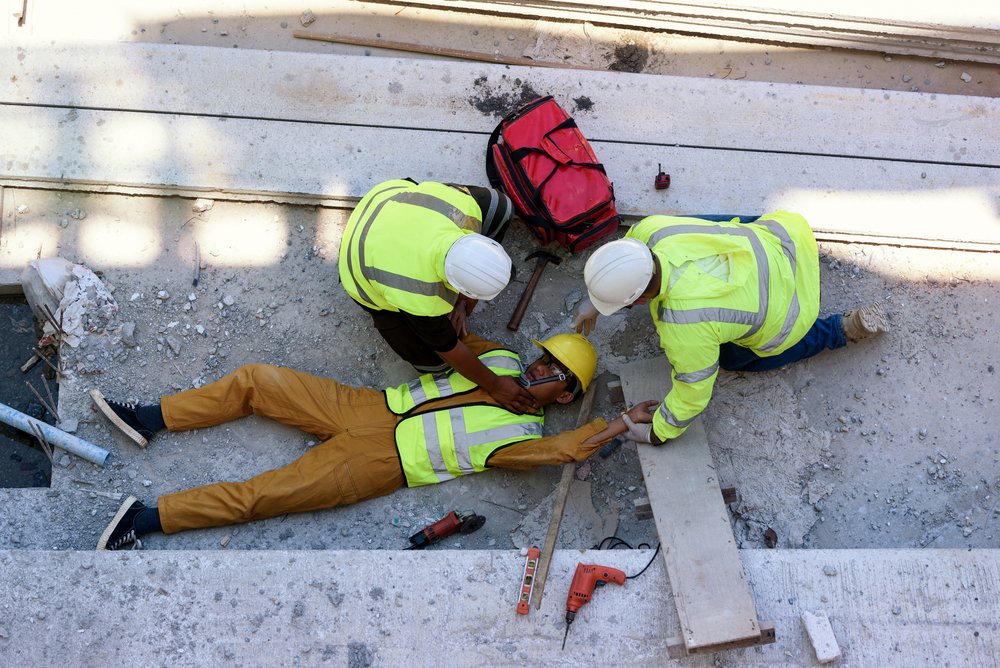Introduction
Welcome to our comprehensive guide to avoiding construction site accidents. Construction sites can be dangerous places, but by following the right safety protocols and taking necessary precautions, we can greatly reduce the risk of accidents and injuries. In this guide, we will provide you with valuable information and tips to help you stay safe on construction sites.
Understanding the Risks Construction Site Accidents
Construction sites present numerous hazards that can lead to accidents and injuries. It is important to be aware of these risks and take appropriate measures to mitigate them. Some common risks include:
- Falls from heights
- Electrocution
- Struck-by incidents
- Caught-in/between hazards
- Exposure to hazardous materials
By understanding these risks, workers can be better prepared to avoid accidents and protect themselves and others.
Importance of Training and Education
One of the most effective ways to prevent construction site accidents is through proper training and education. All workers should receive comprehensive training on safety procedures and protocols before starting work on a construction site. This training should cover topics such as:
- Proper use of personal protective equipment (PPE)
- Safe work practices
- Emergency response procedures
- Equipment operation and maintenance
- Hazard recognition and reporting
Regular refresher courses and ongoing education are also important to ensure that workers stay up to date with the latest safety practices and regulations.
Personal Protective Equipment (PPE)
Personal protective equipment (PPE) plays a crucial role in preventing injuries on construction sites. It is important for all workers to wear the appropriate PPE for the tasks they are performing. Some common types of PPE include:
- Hard hats to protect against head injuries
- Safety glasses or goggles to protect the eyes
- Earplugs or earmuffs to protect against loud noises
- High-visibility clothing to improve visibility
- Gloves to protect the hands
- Steel-toed boots to protect the feet
Employers should provide workers with the necessary PPE and ensure that it is properly maintained and replaced when damaged. Workers should also be trained on how to use and care for their PPE correctly.
Safe Work Practices
Implementing safe work practices is essential for preventing accidents on construction sites. Some important practices to follow include:
- Regularly inspecting tools and equipment to ensure they are in good working condition
- Using equipment and machinery only as intended
- Following proper lifting techniques to avoid strains and sprains
- Securing materials and tools to prevent them from falling or causing tripping hazards
- Keeping work areas clean and free from clutter
- Using caution signs and barriers to warn others of potential hazards
By incorporating these practices into daily routines, workers can significantly reduce the risk of accidents and injuries.
Proper Equipment Operation and Maintenance
Construction sites are filled with various types of equipment and machinery, and it is crucial to operate and maintain them properly to avoid accidents. Some important considerations include:
- Ensuring that all workers are trained and certified to operate specific equipment
- Performing regular inspections and maintenance on equipment
- Following manufacturer guidelines for operation and maintenance
- Using equipment guards and safety Construction Site Accidents features as intended
- Properly storing equipment when not in use
By following these practices, workers can minimize the risk of equipment-related accidents and ensure their own safety as well as the safety of others on the construction site.
Effective Communication and Collaboration
Clear and effective communication is essential on construction sites to prevent accidents. Workers should be encouraged to communicate openly with their colleagues and supervisors about potential hazards, concerns, and any changes in the work environment. Additionally, collaboration between different trades and contractors is crucial to Construction Site Accidents ensure that everyone is aware of the work happening around them and can take appropriate precautions.
Regular Inspections and Hazard Identification
Regular inspections of the construction site are vital for identifying potential hazards and taking corrective actions. These inspections should be conducted by trained personnel who are familiar with safety regulations and best practices. Any hazards or unsafe conditions should be promptly addressed to prevent accidents.
Emergency Preparedness
Accidents can still happen despite all precautions, so it is important to be prepared for emergencies. Every construction site should have a Construction Site Accidents well-defined emergency response plan in place, including procedures for reporting incidents, evacuating the site, and providing first aid. All workers should be trained on these procedures and know the location of emergency exits, fire extinguishers, first aid kits, and other safety equipment.
Conclusion
Construction site accidents can have serious consequences, but by following the guidelines outlined in this comprehensive guide, we can Construction Site Accidents greatly reduce the risk of accidents and injuries. Remember, safety should always be the top priority on construction sites. By staying informed, following proper procedures, and maintaining open lines of communication, we can create a safer working environment for everyone involved.
